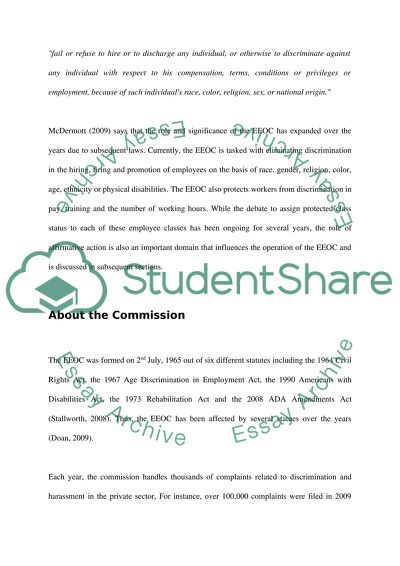Cite this document
(“Equal Employment Oportunity Commission Research Paper”, n.d.)
Retrieved from https://studentshare.org/nursing/1428842-equal-employment-oportunity-commission
Retrieved from https://studentshare.org/nursing/1428842-equal-employment-oportunity-commission
(Equal Employment Oportunity Commission Research Paper)
https://studentshare.org/nursing/1428842-equal-employment-oportunity-commission.
https://studentshare.org/nursing/1428842-equal-employment-oportunity-commission.
“Equal Employment Oportunity Commission Research Paper”, n.d. https://studentshare.org/nursing/1428842-equal-employment-oportunity-commission.


